Health worker migration from South Africa: causes, consequences and policy responses
- PMID: 26635007
- PMCID: PMC4669613
- DOI: 10.1186/s12960-015-0093-4
Health worker migration from South Africa: causes, consequences and policy responses
Abstract
Background: This paper arises from a four-country study that sought to better understand the drivers of skilled health worker migration, its consequences, and the strategies countries have employed to mitigate negative impacts. The four countries-Jamaica, India, the Philippines, and South Africa-have historically been "sources" of skilled health workers (SHWs) migrating to other countries. This paper presents the findings from South Africa.
Methods: The study began with a scoping review of the literature on health worker migration from South Africa, followed by empirical data collected from skilled health workers and stakeholders. Surveys were conducted with physicians, nurses, pharmacists, and dentists. Interviews were conducted with key informants representing educators, regulators, national and local governments, private and public sector health facilities, recruitment agencies, and professional associations and councils. Survey data were analyzed using descriptive statistics and regression models. Interview data were analyzed thematically.
Results: There has been an overall decrease in out-migration of skilled health workers from South Africa since the early 2000s largely attributed to a reduced need for foreign-trained skilled health workers in destination countries, limitations on recruitment, and tighter migration rules. Low levels of worker satisfaction persist, although the Occupation Specific Dispensation (OSD) policy (2007), which increased wages for health workers, has been described as critical in retaining South African nurses. Return migration was reportedly a common occurrence. The consequences attributed to SHW migration are mixed, but shortages appear to have declined. Most promising initiatives are those designed to reinforce the South African health system and undertaken within South Africa itself.
Conclusions: In the near past, South Africa's health worker shortages as a result of emigration were viewed as significant and harmful. Currently, domestic policies to improve health care and the health workforce including innovations such as new skilled health worker cadres and OSD policies appear to have served to decrease SHW shortages to some extent. Decreased global demand for health workers and indications that South African SHWs primarily use migratory routes for professional development suggest that health worker shortages as a result of permanent migration no longer pertains to South Africa.
Figures
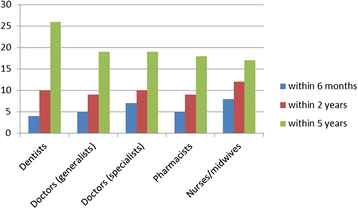

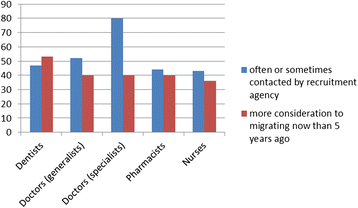
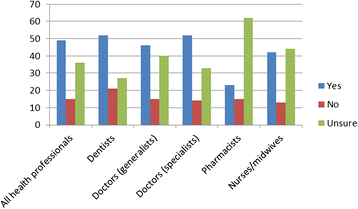
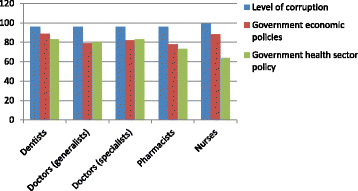
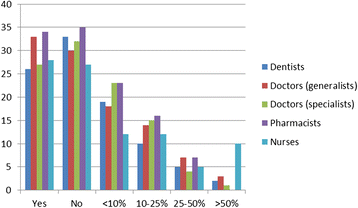
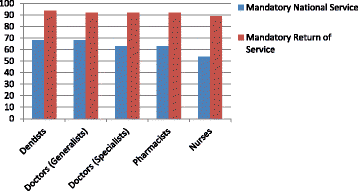
References
-
- Breier M. A multiple source identification and verification of scarce and critical skills in the South African labour market. South Africa: Department of Labour; 2007.
-
- World Health Organization: Density per 1000: data by country. http://apps.who.int/gho/data/node.main.A1444 (2015). Accessed 1 Oct 2015.
-
- Lloyd B, Sanders D, Lehmann U. Human resource requirements for National Health Insurance. In: Padarath A, Fonn S, editors. South African Health Review 2010. Durban: Health Systems Trust; 2010. pp. 171–8.
-
- World Health Organization . The World Health Report 2006: working together for health. Geneva: World Health Organization; 2006. - PubMed
-
- Campbell J, Dussault G, Buchan J, Pozo-Martin F, Guerra Arias M, Leone C, et al. A universal truth: no health without a workforce. Geneva: World Health Organization; 2013.
Publication types
MeSH terms
Grants and funding
LinkOut - more resources
Full Text Sources
Other Literature Sources
Medical
Miscellaneous

